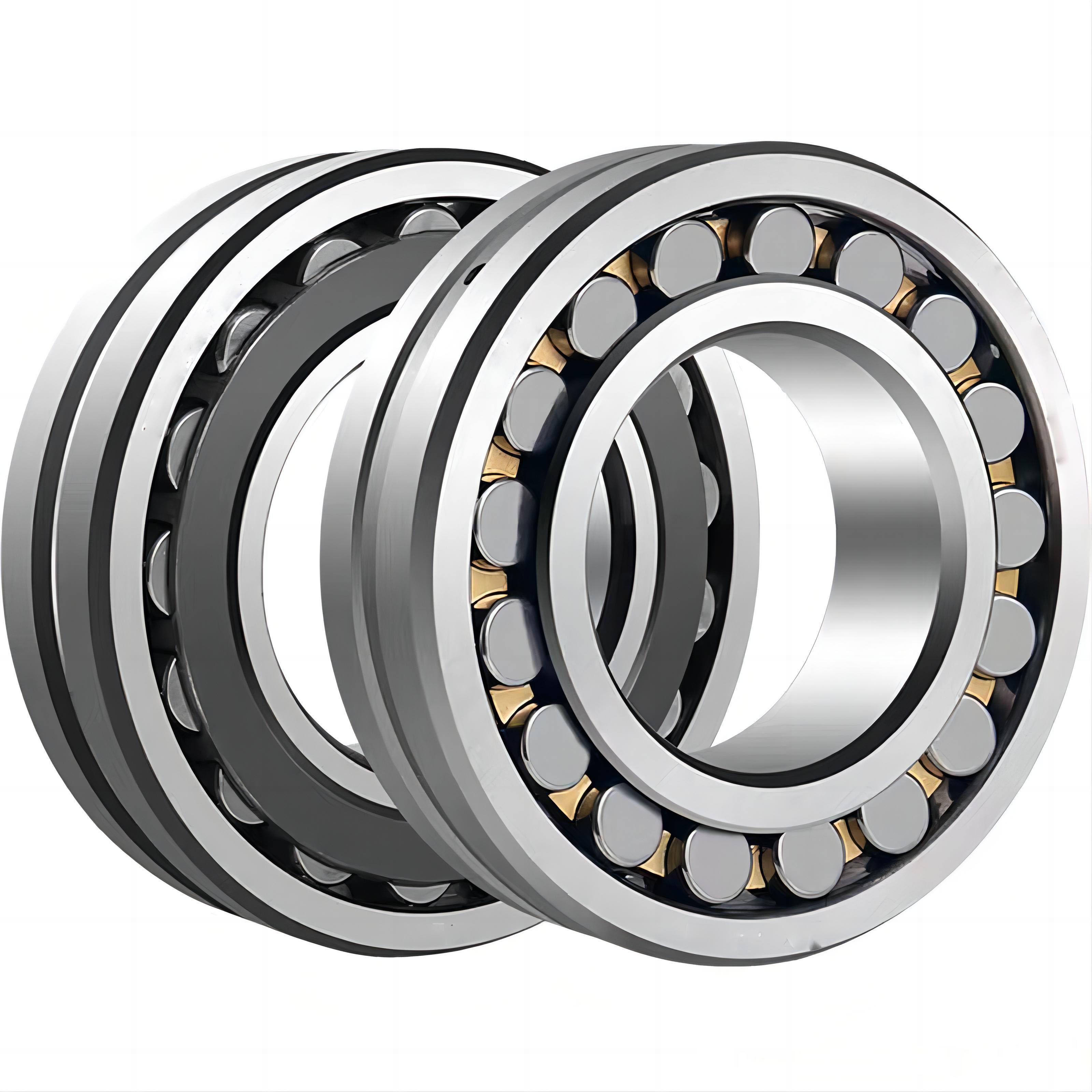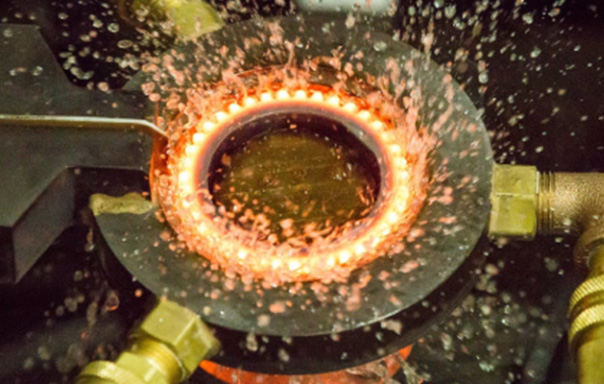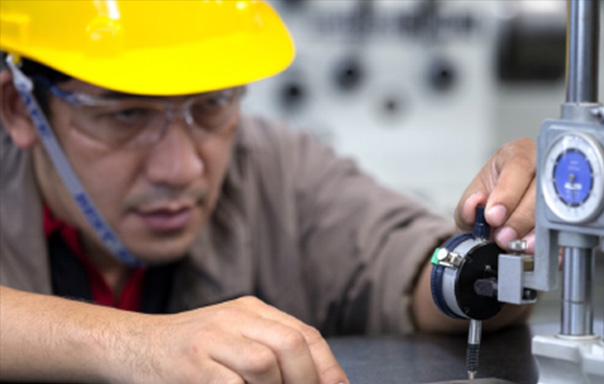In the field of mechanical manufacturing, rolling bearings are core components ensuring efficient operation of equipment. High-carbon high-chromium rolling bearing steels have become the preferred material due to their high hardness, excellent wear resistance, and superior fatigue performance. GCr15 (Chinese standard) and 100Cr6 (European standard) are two widely used high-carbon high-chromium bearing steels with similar properties yet distinct characteristics. This article will conduct an in-depth analysis of their chemical compositions, mechanical properties, processing characteristics, and application scenarios, exploring their significance in modern industry.
I. Chemical Compositions of GCr15 and 100Cr6
Both GCr15 and 100Cr6 belong to high-carbon high-chromium martensitic bearing steels. Their chemical compositions are designed to optimize hardness, wear resistance, and corrosion resistance. The following is a comparison table of their chemical compositions:
PIC1 The chemical elemental composition of GCr15
PIC2 The chemical elemental composition of 100Cr6
Comparative Analysis: The chemical compositions of GCr15 and 100Cr6 are highly similar, with almost identical carbon and chromium contents, ensuring high hardness and wear resistance. 100Cr6 has stricter control over sulfur content (≤0.015% vs. ≤0.020%), which helps reduce non-metallic inclusions and improve material purity and fatigue life. The upper limit of chromium content in GCr15 is slightly higher (1.65% vs. 1.60%), theoretically providing better hardenability.
II. Comparison of Mechanical Properties
Analysis:
Hardness and Strength: Both steels achieve a hardness of 60-64 HRC, suitable for high-load rolling contact environments, with comparable tensile and yield strengths.
Toughness: Due to lower sulfur content, 100Cr6 has slightly better impact toughness (22-32 J/cm² vs. 20-30 J/cm²), performing more stably in high-impact scenarios.
Fatigue Life: Both steels reach a contact fatigue life of 10⁷-10⁸ cycles, but 100Cr6 has slightly superior fatigue performance in practical applications due to stricter inclusion control.
III. Processing and Heat Treatment Characteristics
GCr15 and 100Cr6 share similar processing and heat treatment processes, but detailed differences affect their manufacturing efficiency and performance stability.
1. Processing Characteristics
Forging Performance: Both steels have good hot working properties at 900-1100°C, suitable for forging and rolling. Attention should be paid to work hardening caused by high carbon content during cold working.
Machinability: The high-carbon high-chromium composition makes machining challenging, requiring cemented carbide tools and controlled cutting speeds.
Grindability: After quenching, the surface hardness is high, and precision grinding requires diamond grinding wheels to ensure dimensional accuracy.
2. Heat Treatment Processes
Quenching: Both GCr15 and 100Cr6 are typically oil-quenched at 820-860°C to obtain a martensitic structure. GCr15, with slightly higher chromium content, has better hardenability, making it suitable for slightly larger parts.
Tempering: Low-temperature tempering at 150-200°C to eliminate internal stress while maintaining high hardness. 100Cr6 is less sensitive to tempering temperature, offering a wider process window.
Spheroidizing Annealing: To improve machinability, spheroidizing annealing at 780-800°C is required to distribute carbides in fine spherical form.
Comparison: The heat treatment process of 100Cr6 is easier to control, making it suitable for high-precision bearing manufacturing. GCr15 has slightly higher requirements for equipment and processes but offers lower costs.
IV. Advantages and Disadvantages
(I) GCr15
Advantages:
Lower cost, suitable for mass production;
Slightly higher chromium content and better hardenability, suitable for medium and large-sized bearings;
Mature domestic supply chain, convenient procurement.
Disadvantages:
Inferior inclusion control may affect service life in ultra-high-load applications.
(II) 100Cr6
Advantages:
Lower sulfur content, fewer inclusions, and slightly better fatigue life and toughness;
Wider heat treatment process window, suitable for high-precision manufacturing;
High international standard recognition, ideal for export and high-end markets.
Disadvantages:
Slightly higher cost and limited supply chain in some regions.
V. Conclusion
As representatives of high-carbon high-chromium rolling bearing steels, GCr15 and 100Cr6 play important roles in rolling bearings and precision machinery due to their high hardness, wear resistance, and excellent fatigue performance. GCr15 is widely used in industrial bearings due to its cost advantage and mature supply chain, while 100Cr6 is more competitive in aerospace and high-end manufacturing with its higher purity and toughness. Although similar in chemical composition and performance, their differences in inclusion control and process adaptability make them suitable for distinct application scenarios. With advancements in material technology and manufacturing processes, GCr15 and 100Cr6 will continue to provide reliable support for high-performance mechanical equipment.
If you need information or quotes for GCr15 or 100Cr6 bearing steel, please feel free to contact us! We will provide you with professional services and preferential prices!


Baoshan District,
Shanghai, China.



